How To Tell If Your Coin Is Counterfeit – Counterfeit Coins
Counterfeit Coins Seem To Be All Over The Place These Days! The other day I received an appraisal submission through my Contact Us page. The woman submitted three coins, all of which would have had a combined value in the millions of dollars. Since her boyfriend “only” paid several hundred for them, there was a chance that he had made the find and purchase of a lifetime! About a month or so ago I posted a quick blog on Counterfeit Coins. After seeing these coins, I felt it was important to discuss the quickest ways to tell if coins are counterfeit.
Here are the coins that she submitted:
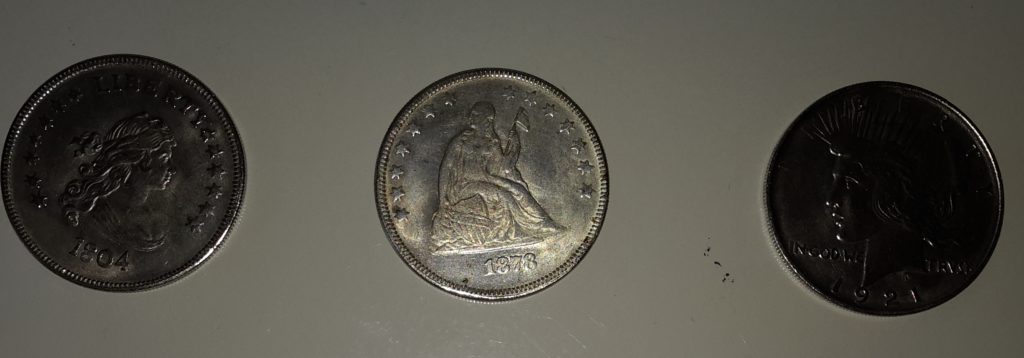
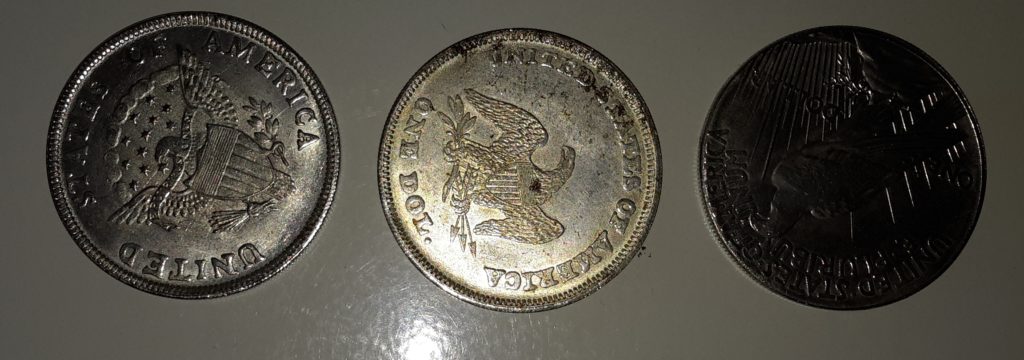
Are These Coins Counterfeit?
To an average, non-collector of coins these coins may seem like the real deal. They look very similar to the real thing, but, unfortunately, they are all counterfeit coins. When I first saw them, I thought “Wow!, three of the most highly sought after coins in the same place!”. But then the analytical portion of my brain kicked in and I knew that they just did not look right.
The 1804 Draped Bust Dollar pictured is one of the most prized coins out there. Unfortunately with this one the lettering is wrong and was poorly faked at that.
The 1878 Seated Liberty Dollar pictured would truly be a one of a kind since they did not mint the Seated Liberty Dollar in 1878.
As for the 1921 Peace Dollar, they did mint about one million of them in 1921 but this one fails the visual test as well.
The Easiest and Cheapest Ways to Tell if Your Coins are Counterfeit
Since I am a private collector and do not have a store front, I typically meet potential coins sellers at banks or other safe places. Meeting people in the field is great but it prevents me from using the more expensive counterfeit testing techniques that I use at home. As mentioned above, nothing beats experience and a good visual test. Here are the three items that I always have with me to test coins in the field to see if they are counterfeit. All of these items can be purchased very inexpensively on Amazon.
Strong Magnet
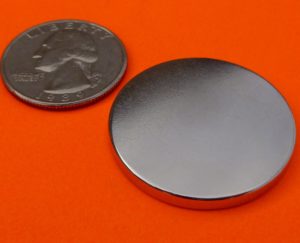
I always carry a small Neodymium Rare Earth Magnet like the one pictured. It easily fits in my pocket and is very strong. Silver and Gold coins are not magnetic so if they stick to a magnet they are counterfeit. I paid $4.40 for this one from Amazon HERE.
Digital Scale
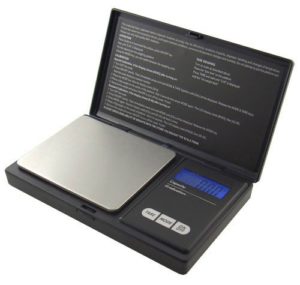
If you visit the PCGS website, they have conveniently listed the weight of each coin in Grams. It is hard for counterfeiters to get everything right about the coin and the weight is commonly wrong on them. This scale can also be purchased very inexpensively on Amazon HERE and it does a great job measuring the weight of a coin down to .01 Grams. Note that a circulated coin may weigh less due to some of the metal being worn off over time. Typically, I am ok if a coin weighs up to half a gram less than when it was minted if it is circulated. If it weighs more than it is supposed to or more than a gram less than it should I always consider it a red flag.
Digital Caliper
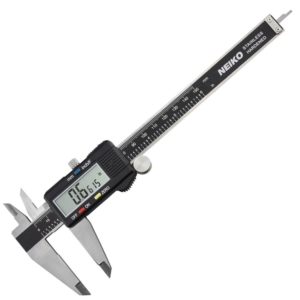
Along with the weight of the coin, PCGS also lists the diameter of each coin on its website. I bought the caliper pictured from Amazon HERE for about $16. They had almost 2,000 positive reviews at the time and they have worked well for me – even better than the last one that I had. The diameter of the coin should be close to exactly what PCGS lists it at since the edges typically don’t wear down unless there is damage to the coin.
Although not listed above, I always have a 5x magnifier with me for my visual test. A magnifier will also allow you to check for a cleaned coin easier, etc.
For about $30 you can have the same field testing kit for counterfeit coins. At home, many collectors will also use items such as magnetic slides, acid test kits, and high tech, very expensive metal testing tools. A word of caution – stay away from the acid test kits unless you are only buying the coin for its metal value – they will damage the coin and lower its numismatic value. Happy collecting and I hope this helps you avoid buying counterfeit coins.
Back to Home Page
Contact Us
